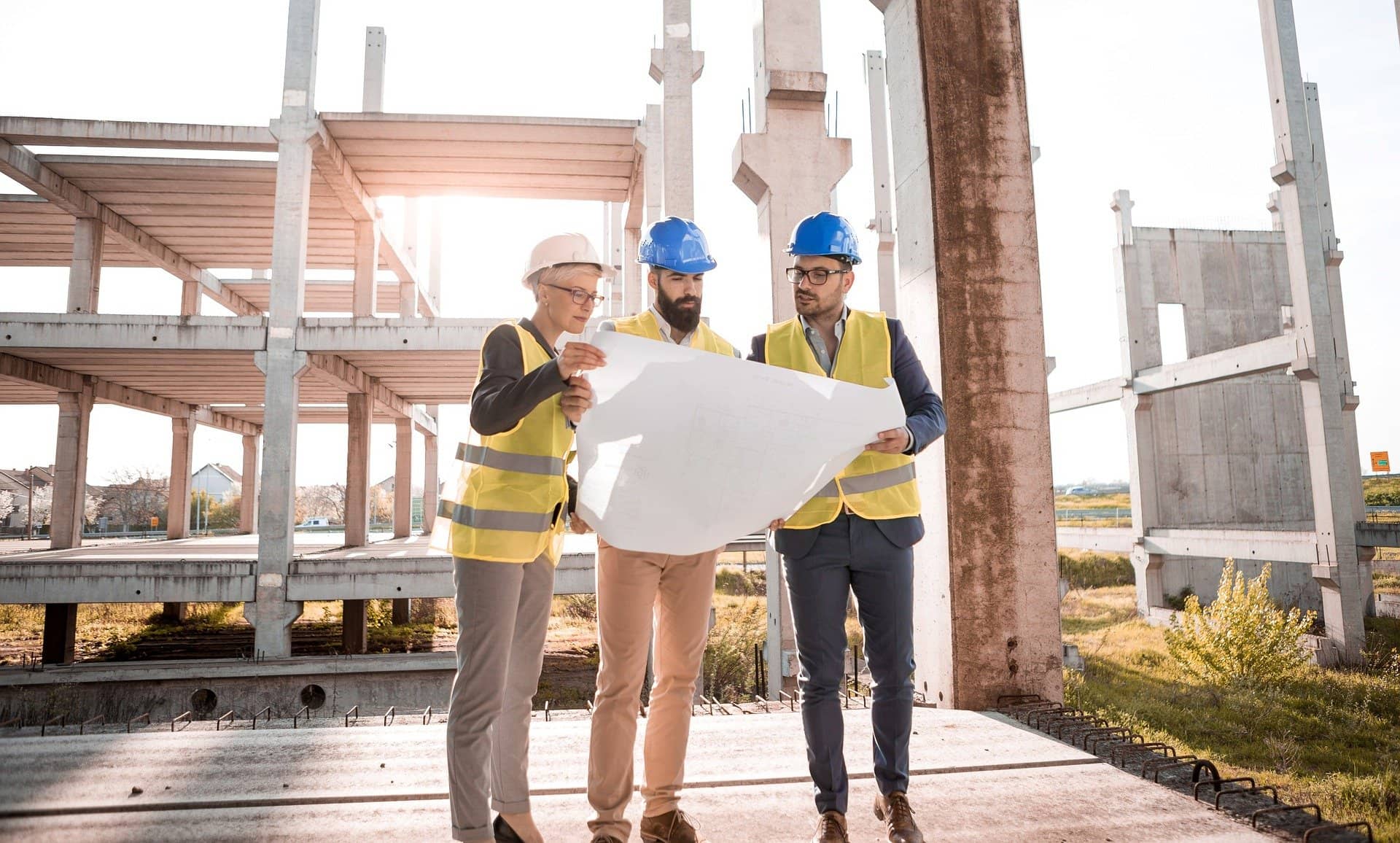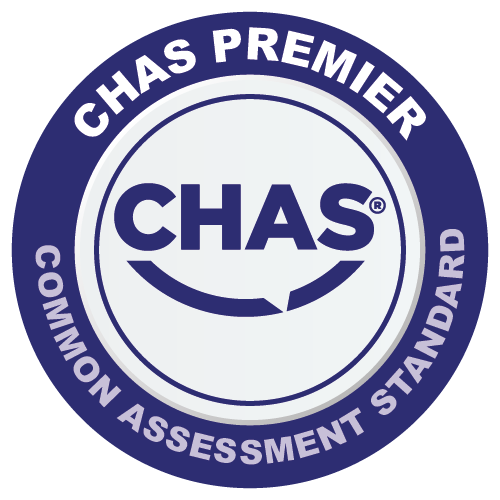If you are renting a property it is normally your responsibility to keep it in good condition. Now, some light wear and tear is to be expected, especially if the property has been lived in for a long time. However, if you need help assessing the damage of your property there are professional third-party services that can help you do so.
For instance, a dilapidations survey is generally the most commonly used methods to assess and document the condition of a property after a lease. It is a professional and efficient way to help map out the necessary steps in restoring your property to its prescribed condition.
In this blog, we will be discussing what dilapidation is, what these surveys are, and when you would need to use one.
What is dilapidation?
Dilapidation is the word used to describe any damage, decay or alterations to the condition of a property. It may occur due to neglect from the occupants in terms of maintenance, making changes to the property’s appearance or simply from how old the building is. It may also occur due to things out of the occupants’ control like leaks from broken or burst pipes, broken infrastructure, extreme weather conditions or natural deterioration.
What is a dilapidations survey?
This kind of survey is something that is essential when assessing the current condition of a property, building construction or development. It is a service carried out by professional surveyors in order to provide essential evidence in the event of a dispute. These surveys are often vital in providing a helpful guide that outlines key facts that have changed in a property. This is what makes it a relevant process for all rented commercial properties no matter if they are office spaces, warehouses, retail, leisure, or industrial properties.
A dilapidations survey is a highly detailed survey that reports on the current condition of a building. It usually consists of general wear and tear as well as any damage to the physical structure and systems of the property but will depend on what the lease says.
They are normally carried out before the new tenant’s lease term, towards the end of a tenancy or soon after (before someone new moves in) so that the owner or agency of the property can record the condition of the property and take up any necessary grievances with the tenants (present or past) before someone else moves in.
This is why a survey is necessary for new tenants who are moving in as they will know the state of the property’s components and systems if there is any wear and tear and what has and hasn’t been fixed.
As a survey is done prior to or before an agreement is completed, it will provide a condition date baseline and ensure that the cost of necessary repairs is made aware by all parties involved. Therefore it is also ideal in validating a contractor’s performance before signing or cancelling a contract.
A dilapidations survey is also used to manage any disputes and claims, which can become extremely complicated and/or troubling for the property owner. For instance, if work hasn’t been completed before the end of a tenant’s lease then a financial damages claim may be required. The usual approach for dealing with dilapidation claims such as these is to issue them within 56 days (8 weeks) after the end of the tenant’s lease term which means that they need to be done as soon as possible. This is set out in the Dilapidations Protocol.
Who can carry out a dilapidations survey?
A dilapidation survey is an independent assessment that is arranged by a landlord or by the property manager in order to assess the condition of a property at the end of the occupants’ lease or contract.
We have an expert team that can ensure you get everything you need within this report.

But why do people conduct these surveys?
Many commercial tenants choose to have this survey done before they take on a new lease as it may save them a lot of money in the future if there are any unexpected repairs that need to be done or could be excluded from their repairing liabilities.
As for landlords, surveys and inspections are vital in protecting their investments as they need to issue them in order to record the status of their property after it has been leased and they need to describe the actions that are needed in order to return it to its original condition.
How can they help?
As we mentioned before, dilapidations survey can be extremely useful when it comes to managing and recording any evidence for potential disputes between tenants and landlords as it can be used to hold those tenants accountable for the state of the property.
For example, if the premises are left in a damaged or unrepaired state then a tenant can be liable to pay the landlord the costs to cover the damages. These costs can include the following:
- The equivalent repair costs
- Loss of rent (if the repair work delayed a new tenant moving in)
- Payment of the working rates and the
- Landlord’s professional fees
However, a survey can help tenants too, if they believe that a landlord is trying to charge them unfairly such as for any dilapidations that already existed when they moved in.
Here are three further key reasons why they may be required:
- These surveys are a useful precautionary measure for all parties involved as they highlight the existing condition of the property including any areas that may be vulnerable to damage or places that may be damaged in the time between the tenant moving out and the survey being completed.
- They are a useful tool to help understand the condition of the property before any construction work is to be started which then enables any precautions to be taken in order to minimise any damage and thus can aid with site restoration after the work has been completed.
- They are able to provide solid written evidence to counter any fraudulent claims and liabilities thus protecting the interests of all stakeholders in the event of any claims that may arise and be taken further (i.e. to court).
When and why would I need a dilapidations survey?
Are you a contractor, developer or landlord about to start a new project? Then a commercial survey would be essential for you as the in-depth property survey will allow you to assess and document the state of the property’s elements and infrastructure including any minor wear and tear.
Tenants should ideally look to undertake a survey between 6 and 12 months from the expiry of the lease as this will enable enough time to consider the best course of action for managing the dilapidation matter.
There are several important reasons why employing a professional to conduct a survey can prove to be vital in protecting you against unfair claims and expensive litigation cases such as:
Always take the necessary precautions
A dilapidations survey is designed to outline the exact conditions of a property in its current form such as any existing structural damage such as cracks, wear and tear, water damage to flooring, ceilings, walls and much more.
Therefore it can provide a record that holds all the evidence you may need in the event of a dispute. As it is an entirely independent document that holds no bias toward either party a dilapidations survey will simply provide the necessary information and evidence required to determine if there are any issues that need to be resolved if there is a dispute in the future.
It will come in handy, not just for any court cases but simply for keeping a record of the property as you can go back and refer to your pre-recorded, highly detailed, photographic, video and written evidence that was captured during the survey, to assist in anything you may need.
Knowledge is key
As stated before, carrying out a dilapidations survey will help to provide you with an exact, and highly detailed assessment of the property in its current condition. This will then be able to provide you with all the information and knowledge you will require in order to understand the conditions of the property prior to any potential construction.
Through the conduction of this survey, you can then assess any adjoining structures, and minimise movement vibrations, water overflow and loose site debris, which will come in handy when restoring the construction site to its original state after the construction of the property.
Cover your own back
If you’re a professional contractor or developer then carrying out a dilapidations survey on an existing property will offer you protection in the event of a damage claim being made.
It is sadly common for contractors and developers to face blame for damages to a property that could have had nothing to do with them. That is why this type of survey is vital in protecting you from liability as you will have evidence of the condition of the property before and after you worked on it which will in turn help you to defend your argument and avoid expensive litigation in the future.
We hope that this blog has answered your questions of ‘What Is A dilapidations Survey and When Would I Need One?’. If you like what you have read then please check out our other blogs here.
















Get Social